Disavowing Bad Backlinks: Protecting Your Website’s SEO
In the competitive world of digital marketing, maintaining a healthy backlink profile is crucial for sustaining strong search engine rankings. However, not all backlinks are beneficial. Bad backlinks can harm your website's SEO, potentially leading to penalties from search engines like Google. Disavowing these bad backlinks is an essential strategy for protecting and enhancing your website’s SEO. This article will guide you through understanding bad backlinks, identifying them, and effectively disavowing them to safeguard your site's online presence.
Understanding Bad Backlinks
Backlinks, also known as inbound links, are links from other websites that point to your site. While high-quality backlinks from reputable sites can boost your SEO, bad backlinks can have the opposite effect. Here are common characteristics of bad backlinks:
1. Low-Quality Sites: Links from websites with little to no content, or those that exist solely for linking purposes.
2. Irrelevant Sources: Links from sites that have no relevance to your content or industry.
3. Spammy Websites: Links from sites associated with spammy behavior or those that violate search engine guidelines.
4. Link Farms: Links from websites designed exclusively to create backlinks, with no real value.
5. Paid Links: Links that were bought rather than earned, especially if they are not marked as "nofollow."
Identifying Bad Backlinks
Before you can disavow bad backlinks, you need to identify them. Here are steps to help you detect harmful backlinks:
1. Use SEO Tools: Tools like Google Search Console, Ahrefs, SEMrush, and Moz can help you analyze your backlink profile. They provide data on the sources of your backlinks, their quality, and their potential impact on your SEO.
2. Check for Relevance: Evaluate if the backlinks come from websites relevant to your industry or niche. Irrelevant links are often a red flag.
3. Assess Domain Authority: Links from low-authority domains can be harmful. Use tools like Moz's Domain Authority metric to assess the quality of linking domains.
4. Look for Patterns: Identify patterns of link building that appear unnatural, such as sudden spikes in the number of backlinks or numerous links from a single source.
Disavowing Bad Backlinks
Once you have identified bad backlinks, the next step is to disavow them. This process involves informing Google that you do not want certain links to be considered when assessing your site’s SEO. Here’s how to do it:
1. Create a Disavow File: Compile a list of URLs or domains you want to disavow in a plain text file (.txt). Each URL or domain should be listed on a new line. For example:
```
# Disavow file created on 2024-05-25
http://example.com/badlink1
http://example.com/badlink2
domain:spammywebsite.com
```
2. Submit the Disavow File: Go to Google’s Disavow Links Tool, select your website, and upload the disavow file. Google will then take your disavowal into account when crawling and indexing your site.
3. Monitor Results: It can take a few weeks to see the impact of disavowing links. Regularly monitor your backlink profile and search engine rankings to ensure that your SEO improves or stabilizes after the disavowal.
Best Practices and Precautions
- Be Selective: Only disavow links that are genuinely harmful. Disavowing good links can negatively impact your SEO.
- Regular Audits: Conduct regular backlink audits to keep your backlink profile clean and up-to-date.
- Request Link Removal: Before disavowing, try to contact webmasters and request the removal of bad links. This can be more effective and shows a proactive approach.
Conclusion
Disavowing bad backlinks is a vital process for maintaining a healthy SEO profile. By identifying harmful links and informing Google to disregard them, you can protect your website from potential penalties and ensure that your SEO efforts yield positive results. Regularly monitoring your backlinks and being proactive about their management will help sustain your website's credibility and ranking in the long run.

